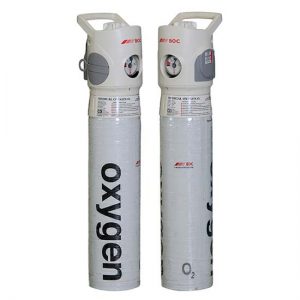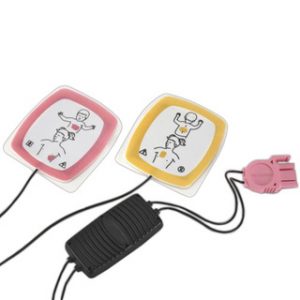- PPE – gloves, aprons, eye protection
- Pocket mask with oxygen port
- Portable suction (battery or manual) with Yankauer sucker and soft suction catheters
- Oropharygeal Airways sizes 0,1,2,3,4
- Self-inflating bag with reservoir (adult)
- Self-inflating bag with reservoir (child)
- Clear face masks for self-inflating bag (sizes 0,1,2,3,4)
- Supraglottic airway device with syringes, lubrication, and ties/tapes/scissors as appropriate (Choice of device (e.g. laryngeal mask airway, i-gel®laryngeal tube) and size will depend on local policy and staff training
- Oxygen cylinder (with key where necessary)
- Oxygen tubing
- Stethoscope
Being Prepared For An Emergency In Primary Care – Emergency Equipment
Are you prepared for a medical emergency?
When the CQC assesses a primary care setting, they consider how practices manage patients who are:
- Critically ill
- At risk of deterioration
- In cardiac or respiratory arrest
In the event of a medical emergency the primary care team need to be prepared and ready to perform lifesaving treatment. Regular training and access to emergency equipment and drugs are both essential to achieving the best outcome for the patient.
Resuscitation Equipment
Minimum Suggested Equipment recommended by the Resuscitation Council (UK)
THIS EQUIPMENT SHOULD BE IMMEDIATELY AVAILABLE
- Automated External Defibrillator (AED)
- Adhesive defibrillator pads – spare set also recommended
- Oxygen, including cylinder with key and tubing where necessary
- PPE – gloves, aprons, eye protection
- Pocket mask (adult) with oxygen port – this may be used inverted in infants
- Stethoscope
- Absorbent towel – to dry chest if necessary
- Razor – to shave chest to apply pads if necessary
Pulse oximeters can be clearly beneficial for managing a deteriorating patient as well as for chronic respiratory disease.
Clinicians with enhanced skills or covering higher-risk patients
Some primary care settings may have clinicians whose skills can provide more advanced care such as tracheal intubation, arrhythmia management and other critical-care skills. In this instance, provision should be made so that these skills can be employed to ensure that patients receive optimal care.
Similarly, some settingss may have staff who are not familiar with certain equipment in which case a local decision should be made as to whether training is increased to cover such skills or whether such equipment is not required.
The lists below follow the guidance set by The Resuscitation Council (UK)
- Automated external defibrillator (AED) Consider facilities for paediatric use, especially for practices that treat children.
- Adhesive defibrillator pads and spare set of pads
- Razor
- Scissors
- ECG electrodes (may use AED pads or ECG electrodes with ECG monitor, according to local policy)
- Intravenous cannulae (selection of sizes) and 2% chlorhexidine/alcohol wipes, tourniquets and cannula dressings
- Adhesive tape
- Intravenous infusion set
- Selection of needles and syringes
- Intraosseous access device and / or needles suitable for infants, children and adults
- IV extension set (Types of connectors, ports, and caps to be determined locally )
- 50 ml syringes x 2 for intraosseous infusion
- Sharps container
- Glucose monitor
Points To Consider
Have you got enough oxygen?

- Oxygen cylinders should be easily portable but also allow adequate flow rates, for example 15 litres per minute, until an ambulance arrives or the patient fully recovers
- Consider what size of cylinder to use and whether you need a second one in case the first is at risk of running out
- This is particularly important if the practice is located in a remote area or where traffic can be especially busy.
- Check at least weekly that oxygen and all other equipment is in date, available and functioning correctly (CQC).
Is your AED suitable for children?
- If you treat children in the practice, check that the AED has a switch facility enabling use on children or separate paediatric pads which can be used.

